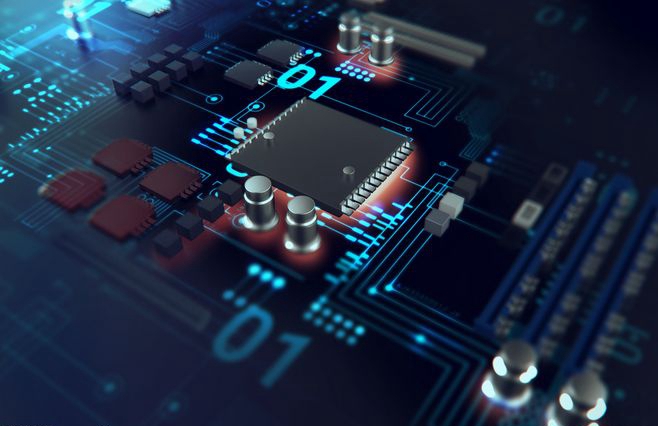Master PCB Design and Manufacturing: From Concept to Reality
The heart of modern electronics
Printed circuit boards (PCBs) are the unsung heroes of our technological world. They are complex pathways that connect various electronic components, allowing them to communicate and function as a cohesive system. PCB design and manufacturing are vital in developing electronic devices, from smartphones to complex industrial machinery. In this comprehensive 5,000-word blog post, we’ll explore the art and science of PCB design and manufacturing, breaking down the process into seven essential parts.
Basic knowledge of PCB
In this section, we’ll start with the basics. We’ll define PCBs, their role in electronic devices, and why they’re critical. We will discuss the advantages of using PCBs over other wiring methods and explore types, such as single-sided, double-sided, and multi-layer boards. Before diving into the intricacies of PCB design, it’s crucial to understand the basic building blocks.
PCB design tools and software
Once we have a solid foundation, we move on to PCB design tools and software. Here, we will introduce readers to the various software and tools engineers and designers use to create PCB layouts. We’ll explore popular software options like Altium Designer, Eagle, KiCad, and more. We will discuss the features and capabilities of these tools, allowing readers to choose the tool that best suits their project.

Solution design and component selection
The PCB concept is formed in the schematic design and component selection phase. We’ll explore how designers create schematic diagrams to represent component connections. We’ll discuss the importance of carefully selecting components, considering cost, availability, and performance. Readers will gain an in-depth understanding of best practices for efficient schematic design.
PCB layout and routing
This section takes us to the heart of PCB design – layout and routing. We’ll dissect the design process, from placing components on the board to the traces connecting them. Readers will learn about the complexities of signal integrity, power distribution, and ground planes. We will also discuss the design rules and constraints that must be followed for a successful PCB layout.

Design verification and simulation
Design verification and simulation are critical steps to ensure PCB functionality before manufacturing. This section explores various verification techniques, including design rule checking (DRC), electrical rule checking (ERC), and simulation of signal integrity and thermal performance. We’ll discuss how these tests can help identify and correct potential problems in your design.
PCB manufacturing and assembly
Now that the design is ready, it’s time to bring the PCB to life. We’ll take an in-depth look at the PCB manufacturing process, covering topics such as Gerber files, layer stacking, and manufacturing techniques. Readers will walk through how a design is translated into a physical PCB, including the creation of the PCB itself, the application of solder mask and silkscreen, and the fabrication of the PCB board.

PCB testing and quality control
In the final part, we will look at the critical testing and quality control stages. This step ensures that the manufactured PCB meets the required specifications and standards. We will explore various testing methods, such as automated optical inspection (AOI), X-ray, and functional testing. We will also discuss the importance of quality control during the manufacturing process.
pillars of innovation
PCB design and manufacturing are the unsung heroes that make the modern electronic world possible. As we conclude our look at PCB complexities, the reader will have a comprehensive understanding of the process from concept to implementation. Mastering PCB design and manufacturing is essential for innovators, engineers, and anyone interested in electronics. The PCBs that power our devices may often be overlooked, but the expertise and precision in their manufacturing prove the backbone of innovation.



A WordPress Commenter
September 21, 2023Hi, this is a comment.
To get started with moderating, editing, and deleting comments, please visit the Comments screen in the dashboard.
Commenter avatars come from Gravatar.